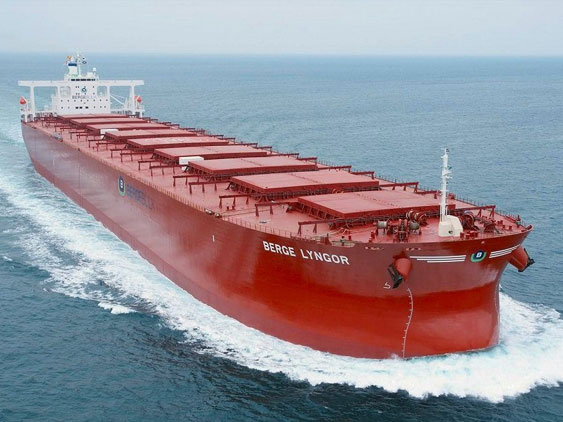Fuel oil conundrum - At crossroads with IMO 2020

Fuel oil conundrum - At crossroads with IMO 2020
The IMO 2020 regulations of a sulphur cap of 05 percent on marine fuels is a pivotal point with far-reaching implications for the shipping industry in the near horizon - as early as January 2020. The regulation is estimated to displace high sulphur fuel to the tune of approximately 3 million. In the run up to January shipowners have two main options burn higher quality low-sulphur fuel oil LSFO or utilize Exhaust Gas Cleaning Systems EGCS also known as scrubbers to remove sulphur oxides that arise from using high-sulphur fuel oil HSFO. Alternately they could use Liquified Natural Gas LNG or seek non-compliance waivers. From a global merchant fleet of over 50000 vessels as per S amp P Global Platts Analytics forecasts 2200 vessels will have scrubbers installed by 2020 utilizing around 500000 of HSFO. The fuel oil forward curve predicts a notable price differential between HSFO and LSFO from 2020 indicating a swift return on investment ROI for scrubber installations. Dry bulk market sources indicate that approximately 20 percent of the Capesize over 180000 dwt will be fitted with scrubbers by January 2020 approximately 26 percent will be scrubber fitted by the end of 2020.
Economically scrubber installations would be more suitable for larger vessels that consume the highest amount of bunker fuel - the most substantial expense for shipowners. These vessels are usually dedicated to long-haul trades such as the transport of Iron Ore from Brazil to China. In the Panamax range 60000-80000 dwt including the newly designed Kamsarmax 82000 dwt close to 6 percent are currently fitted with EGCS leading up to 10 percent by the end of 2020. In the Supramax and Handymax category 35000-59000 dwt about 5 percent are currently scrubber fitted and most are dependent on using LSFO going forward IMO-compliant low sulphur fuels are facing increased demand and are more expensive than their high sulphur counterpart. Drewry forecasts the average price premium of LSFO over HSFO to be around 240 mt in 2020 gradually declining to close to 80 mt by 2023 once the LSFO supply improves. If HSFO sells at a significant discount to LSFO or marine gas oil MGO shipowners would be more inclined to install scrubbers to save on fuel costs using scrubbers as an intermediary to hedge their bets between HSFO and LSFO rather than a long-term compliance solution.
However, it is anticipated that the competitive advantage of scrubbers will reduce in the long run when refiners cut HSFO production and more LSFO becomes available. Moreover several major ports including Singapore, Fujairah, Belgium, California and few commercial ports in China have banned open-loop scrubber systems. This ban will compel ships equipped with open-loop scrubbers to also opt for LSFO on certain trade routes . Albeit large discounts on HSFO translate to considerable fuel savings for shipowners HSFO storage and excessive bunkering, on the contrary, may cause logistical inefficiency and increase port delays congestion and freight costs thus veering shipowners towards LSFO instead. All these facets limit the longevity of scrubber uptake. As the U S Energy Information Administration EIA highlights compliant fuel versus non-compliant fuel availability in each port after 2020 is still unclear. Although large bunkering ports such as Singapore, Fujairah, and Rotterdam are likely to supply both fuel options smaller ports may face supply constraints.
IMO 2020 regulations will push bunker costs upwards - to tackle which bulk carriers might hedge the risk of high priced LSFO by installing scrubbers in the short term. However, with the increased availability of LSFO and the lack of HSFO production and storage options price spread between the two fuels will diminish resulting in increased utilization of LSFO in the transportation sector.